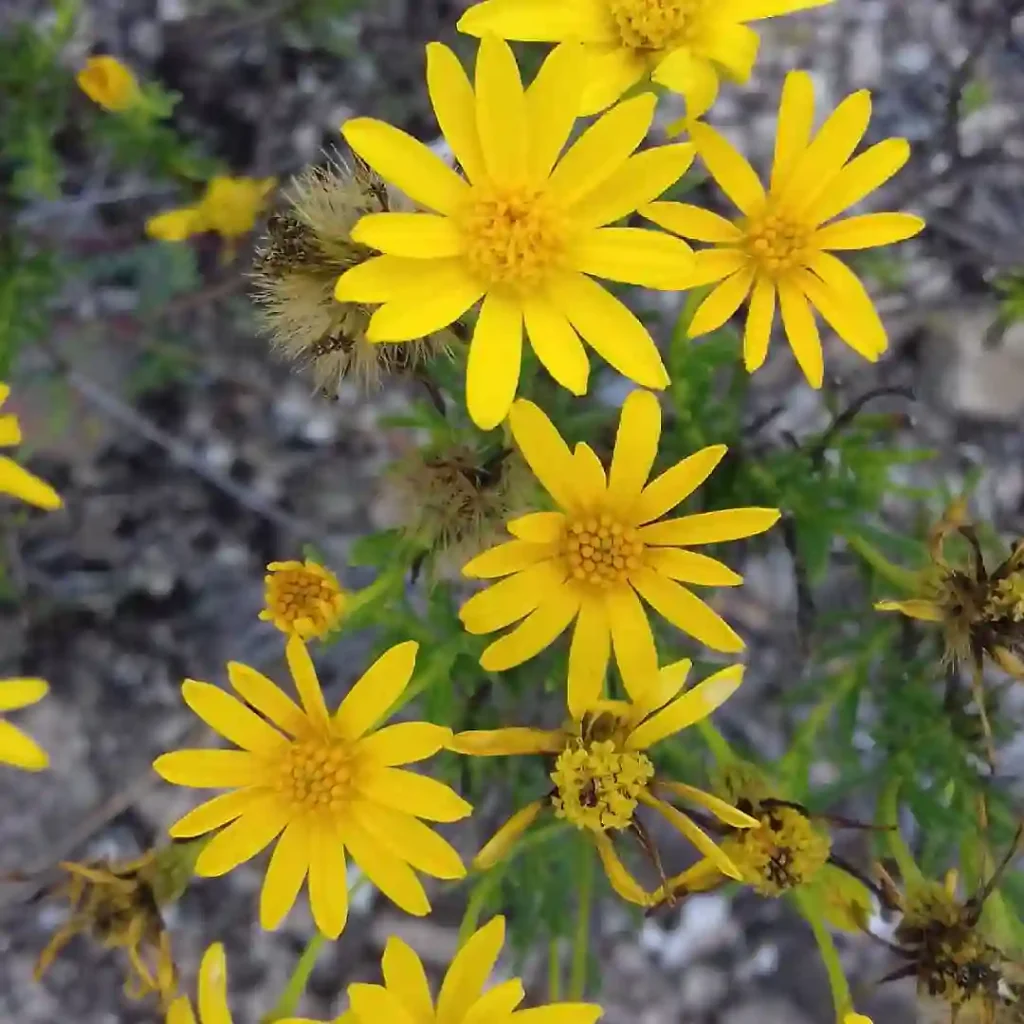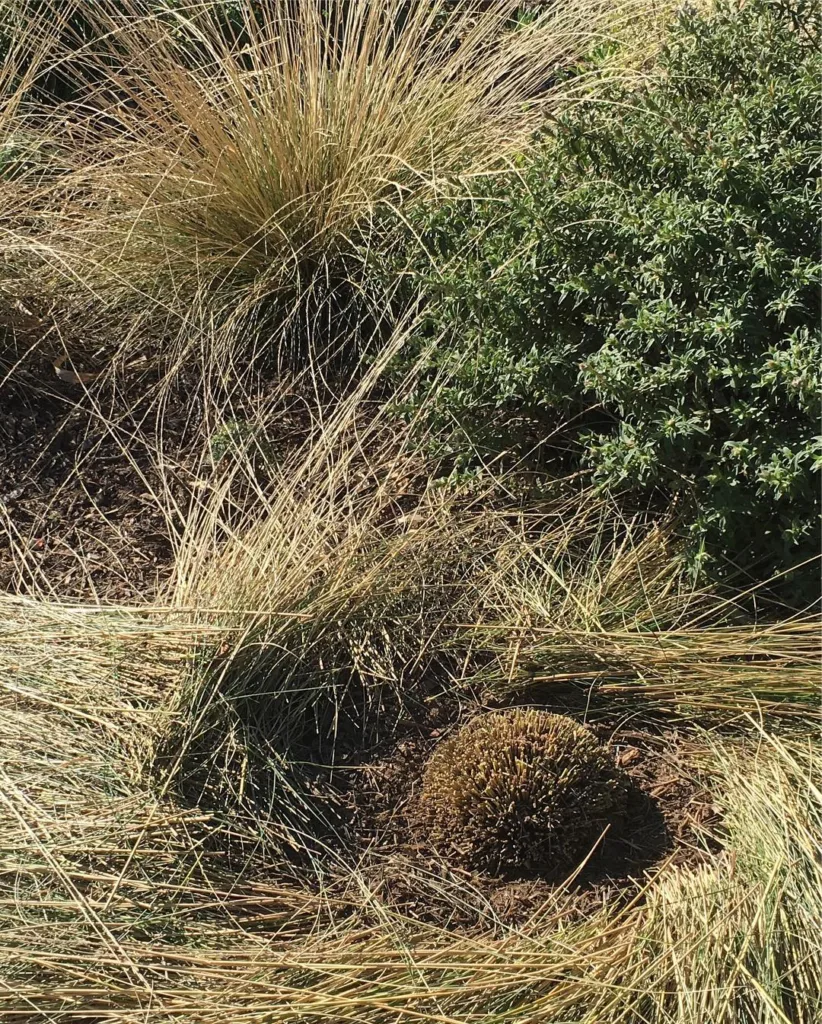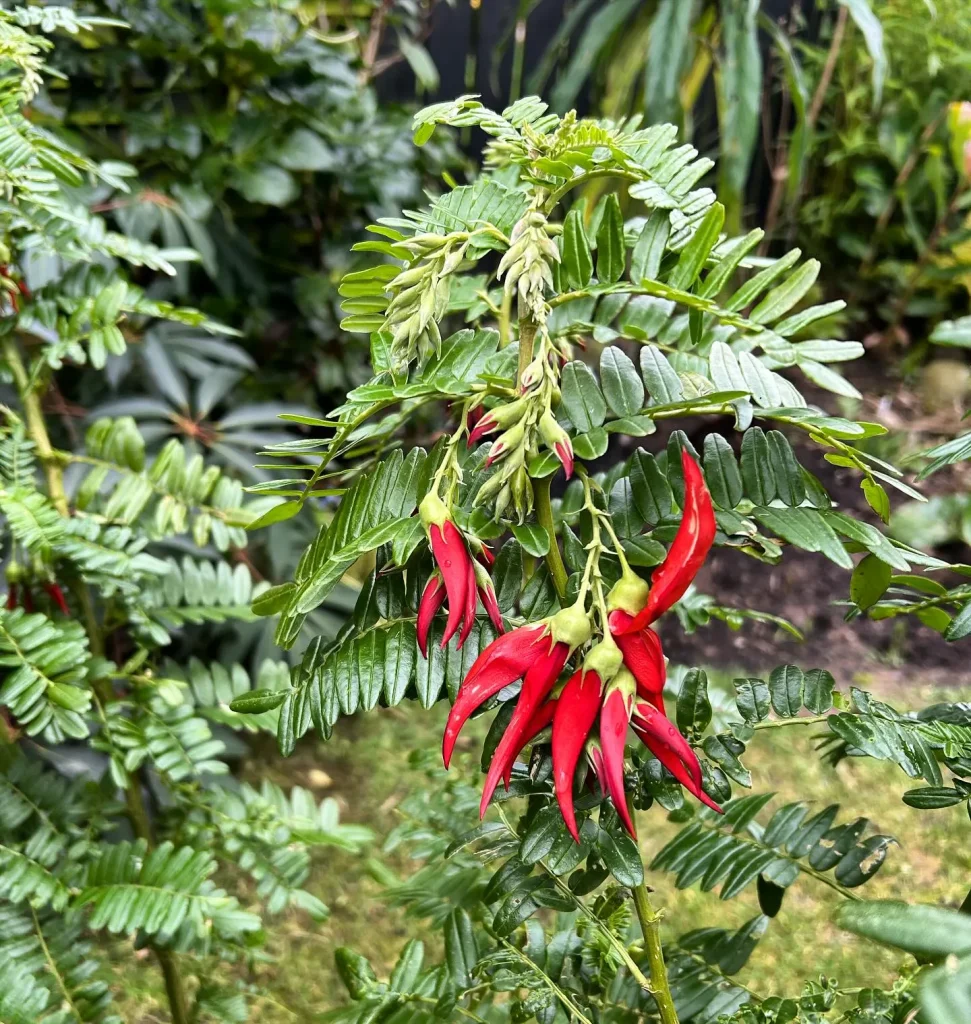What is Arctostaphylos Edmundsii?
Arctostaphylos Edmundsii, commonly known as Edmunds’ Manzanita, is a remarkable evergreen shrub native to California. Its leathery, dark green leaves and striking red bark give it a unique appearance that stands out in any garden. This plant can grow up to 6 feet tall and 8 feet wide, making it a versatile choice for landscaping. Known for its resilience and adaptability, it thrives in a variety of conditions, making it a popular choice among gardeners.
78 Species in Genus Arctostaphylos
How to Care for Arctostaphylos Edmundsii?
Caring for Arctostaphylos Edmundsii is relatively straightforward, but there are some key aspects to keep in mind:
- Soil Requirements: This shrub prefers well-drained soils. Sandy or gravelly soils work best. Avoid heavy clay or poorly drained areas as they can lead to root rot.
- Watering: Once established, Edmunds’ Manzanita is drought-tolerant. However, during its initial growth period, it needs regular watering. Water it deeply but infrequently to encourage deep root growth.
- Sunlight: Arctostaphylos Edmundsii thrives in full sun to partial shade. It requires at least 6 hours of direct sunlight daily to maintain its vibrant foliage and overall health.
- Pruning: Minimal pruning is needed. Remove any dead or damaged branches in late winter or early spring. This will help maintain its shape and encourage new growth.
- Fertilizing: Use a balanced, slow-release fertilizer in early spring. Avoid over-fertilizing, as this can lead to excessive leaf growth at the expense of flowers and overall health.
How to Propagate Arctostaphylos Edmundsii?
Propagating Arctostaphylos Edmundsii can be done through several methods:
- Seed Propagation: Collect seeds from mature plants in late summer or early fall. Stratify the seeds by refrigerating them for about a month before planting. Sow them in well-draining soil and keep them moist until germination, which can take several weeks.
- Cuttings: Take semi-hardwood cuttings in late summer. Dip the cuttings in rooting hormone and plant them in a well-draining medium. Keep the soil moist and provide bottom heat if possible. Rooting can take several months.
What to Plant with Arctostaphylos Edmundsii?
Pairing Arctostaphylos Edmundsii with compatible plants can enhance its visual appeal and garden health. Consider the following:
- California Native Plants: Complement it with other natives like Ceanothus, California Lilac, or Salvia. These plants share similar soil and water requirements, creating a harmonious and low-maintenance garden.
- Succulents: For a striking contrast, plant succulents such as Agave or Echeveria nearby. Their different textures and colors can highlight the Manzanita’s beauty.
- Grasses: Ornamental grasses like Blue Fescue or Red Fountain Grass can add movement and contrast to the garden, framing the Manzanita nicely.
Benefits of Arctostaphylos Edmundsii
Arctostaphylos Edmundsii offers several benefits:
- Drought Tolerance: Its ability to withstand dry conditions makes it an excellent choice for water-wise gardening.
- Low Maintenance: Once established, it requires minimal care, making it ideal for busy gardeners.
- Wildlife Attraction: The shrub provides habitat and food for local wildlife, including birds and pollinators.
- Aesthetic Appeal: Its striking bark and evergreen foliage add year-round interest to the landscape.
Is Arctostaphylos Edmundsii Toxic?
Arctostaphylos Edmundsii is generally not considered toxic to pets or humans. However, as with any plant, it is a good idea to monitor pets and children to ensure they do not consume large amounts of plant material, which could cause gastrointestinal discomfort.
Common Problems with Arctostaphylos Edmundsii
While Arctostaphylos Edmundsii is a hardy plant, it is not without potential issues:
- Pests: Occasionally, you might encounter pests such as aphids or spider mites. Regular inspection and appropriate treatments can manage these problems effectively.
- Disease: Root rot can occur if the plant is placed in poorly draining soil. Ensure good soil drainage to prevent this issue.
- Fungal Issues: Powdery mildew can affect the leaves, especially in humid conditions. Improve air circulation around the plant to mitigate this risk.
Comparing Arctostaphylos Edmundsii to Similar Plants
If you’re considering Arctostaphylos Edmundsii but are also looking at similar plants, here are a few comparisons:
- Arctostaphylos Uva-Ursi (Bearberry): Bearberry is a smaller, creeping plant compared to Edmunds’ Manzanita. It’s more ground-covering and has a different foliage texture and color.
- Manzanita Species: Other Manzanitas, like Arctostaphylos ‘Howard McMinn,’ offer similar aesthetic qualities but may vary in size and flower color.
- Ceanothus: This is another California native with similar growing conditions but features different foliage and bloom styles.
Conclusion
Arctostaphylos Edmundsii is a versatile and beautiful addition to any garden. Its low-maintenance nature, drought tolerance, and aesthetic appeal make it a fantastic choice for a wide range of landscaping projects. By understanding its care requirements, propagation methods, and benefits, you can make the most of this remarkable shrub. Whether you’re a seasoned gardener or a beginner, Edmunds’ Manzanita can offer lasting beauty and functionality to your outdoor space.
If i die, water my plants!


